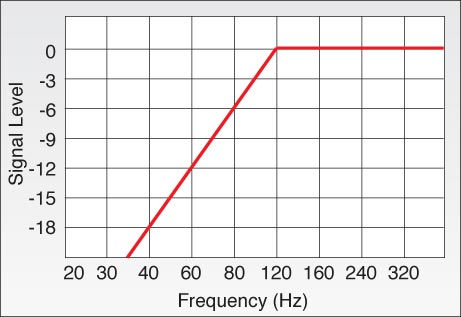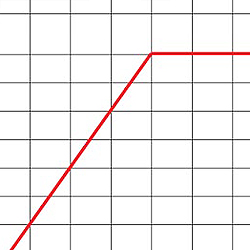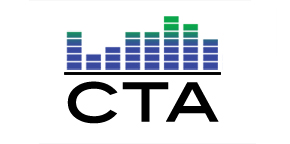I was watching something on TV the other day and after hearing multiple “plosives” (P’s and B’s and T’s) just booming away through my speakers, I quipped, “Can we please get a high pass on that mic!”
Then I realized there still may be a number of young sound guys/gals (YSG’s) out there who are not yet acquainted with the high pass filter (HPF). Allow me to make the introduction.
The high pass filter, whose control typically lingers near the top of the channel strip, does just what it sounds like; lets high frequencies pass, while blocking lows.
And by high frequencies, we mean any frequency higher than the threshold set by the control.
I suspect that’s part of the problem for the HPF; some might think that it will cut out all the low end and make the sound tinny and thin.
You certainly can achieve that effect, but it’s not the intended result.
The HPF comes in two flavors—a fixed frequency filter activated by a switch (commonly found on lower-end analog boards) and a variable threshold filter with an on-off switch (found on everything else).
The former type typically has a hinge point (or threshold) of somewhere between 75-100 Hz, and has a slope of anywhere between 6 and 24 dB per octave.
Understanding slope is helpful in knowing how to employ HPF’s, though you can’t do much about it with a fixed frequency version.
Let’s take a 12 dB per octave slope; that means that starting at the threshold frequency for every halving of the frequency (an octave), the output drops by 12 dB. So if you have a HPF with a threshold of 120 Hz, by the time you get to 60 Hz (one octave) the signal is lowered by 12 dB. At 30 Hz (another octave) it’s down a total of 24 dB.
Perhaps an illustration would help.

Now, as you can see, this is a fairly gentle slope. A 18 dB per octave would be steeper, a 24 dB steeper still. It’s helpful to know the slope of the filter, though many manufacturers don’t publish it.





















